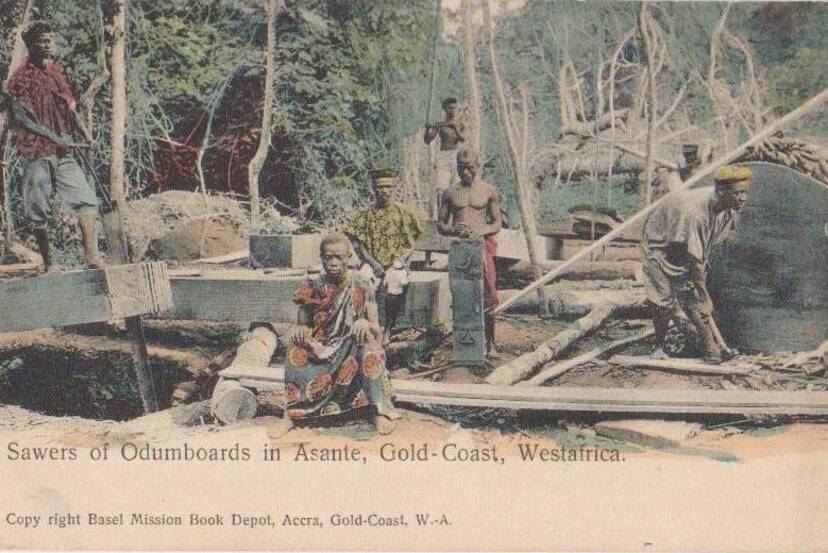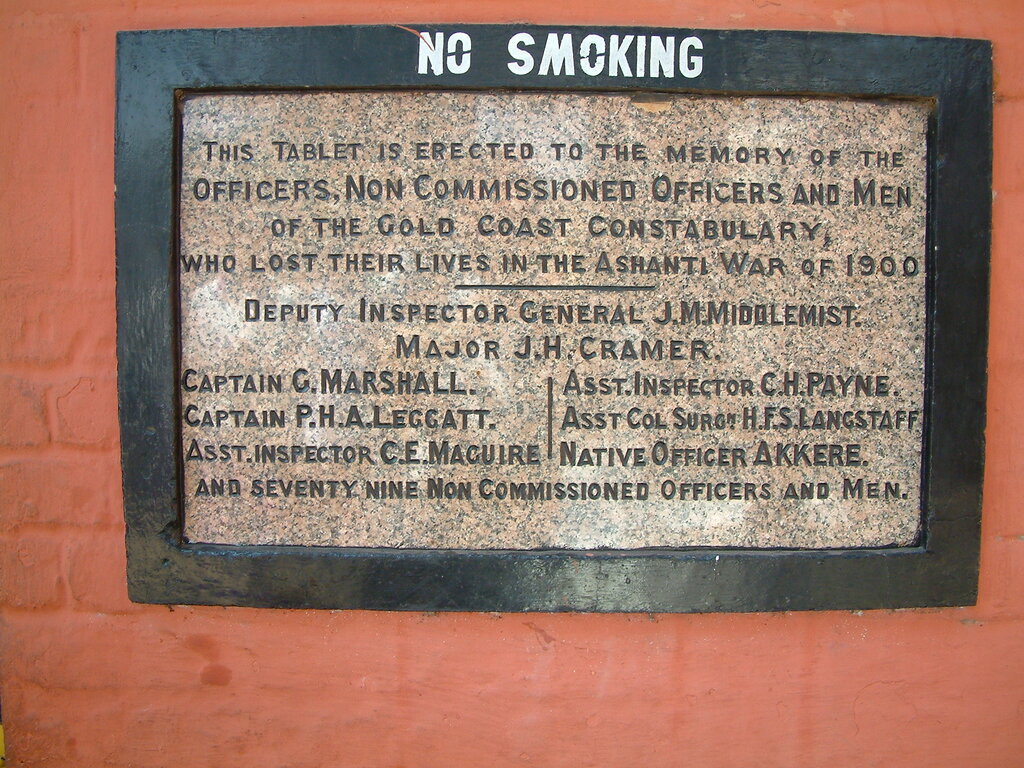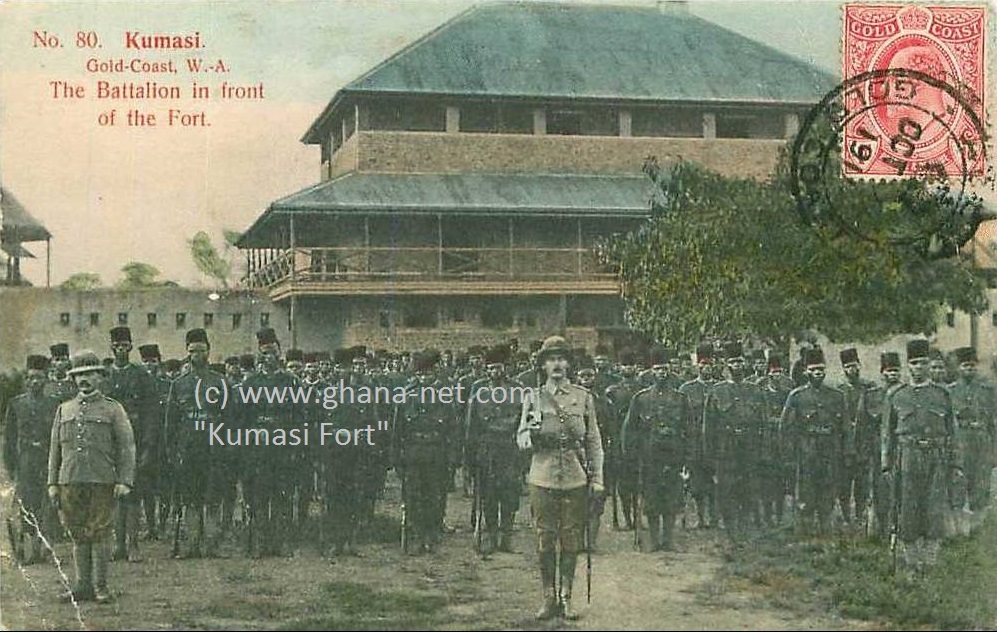Kumasi Fort and Armed Forces Museum
Nestled in the vibrant heart of Kumasi, the Kumasi Fort stands as a remarkable colonial-era military structure that carries profound historical and symbolic significance for the Ashanti people and the nation of Ghana at large. This iconic fortification is not just a remnant of the past; it represents a pivotal chapter in the narrative of resistance against colonial ambition and the shaping of national identity.
Today, the Kumasi Fort serves as the home of the Ghana Armed Forces Museum, where visitors can explore an extensive collection that highlights the military history of Ghana and the contributions of its armed forces. However, the story of the fort extends far beyond its current role. Its origins and evolution are steeped in tales of struggle, resilience, and the enduring spirit of the Ashanti people in the face of external challenges. As you delve deeper into the history of Kumasi Fort, you uncover a rich tapestry of events that reflect the complexities of colonial interactions, the fight for sovereignty, and the pride of a nation emerging from the shadows of its past.

Kumasi Fort (c) Remo Kurka
The original fort was constructed by the powerful Ashanti Empire in the early 19th century, serving dual purposes as both a strategic military base and a potent symbol of Ashanti authority and dominance. This impressive structure not only represented the might of the Ashanti but also played a crucial role in the defense of their territory. However, in the year 1874, amidst the tumultuous backdrop of the Third Anglo-Ashanti War, British forces launched an invasion and subsequently destroyed the original fort. This destruction came after the Ashanti fiercely resisted British attempts to expand their colonial reach, underscoring the tension and conflict that characterized this period.
In the wake of the conflict, in 1897, the British undertook the task of rebuilding the fort, utilizing local labor, durable stone, and timber gathered from the surrounding area. They designed the new fort to reflect the architectural styles of similar British forts found in India, resulting in a structure that combined local materials with colonial design principles. This newly constructed fort not only served as a garrison for the British colonial army, but it also functioned as a vital military outpost. It was instrumental in maintaining British control over the Ashanti Region, particularly during periods of unrest and rebellion, thereby solidifying British influence in the area for years to come.

Kumasi Fort (c) Remo Kurka
Kumasi Fort emerged as a potent symbol of colonial dominance in Ghana, representing not only the power exerted by the British Empire but also the unwavering spirit and resilience of the Ashanti people. Throughout history, the Ashanti engaged in multiple uprisings against British rule, showcasing their determination to maintain sovereignty over their land and culture. One of the most significant events in this ongoing struggle was the War of the Golden Stool in 1900.
During this intense conflict, Ashanti warriors, bravely led by Yaa Asantewaa, the esteemed Queen Mother of Ejisu, stood firm in defense of their sacred Golden Stool—a powerful emblem that was considered the very soul of the Ashanti nation. The Golden Stool held immense cultural and spiritual significance, symbolizing the unity and identity of the Ashanti people.
Despite the eventual subjugation of the Ashanti forces, the War of the Golden Stool marked a crucial milestone in Ghanaian resistance history. It serves as a lasting testament to the fierce spirit of anti-colonial struggle across Africa. The Kumasi Fort itself played a pivotal role during this conflict, acting as a fortified stronghold for British troops that sought to maintain their grip on the region. The fort’s historical significance endures, symbolizing both the challenges faced by colonized people and their relentless quest for freedom and independence.

Old photo postcard of Asante, near Kumasi around 1905 (c) Remo Kurka
Established in 1953, shortly after Ghana achieved its independence, the historic fort that houses the museum was thoughtfully repurposed to serve as the Armed Forces Museum. This transformation plays a vital role in preserving the rich tapestry of military artifacts, as well as the compelling narratives surrounding both the colonial conquests and the journey toward national liberation. As you step inside the museum, you will be greeted by a diverse collection that includes:
A wide range of weapons and uniforms that represent both the colonial period and the post-independence era, showcasing the evolution of military attire and technology over the years
An extensive array of photographs and documents that capture significant military events and milestones, providing insight into the pivotal moments that have shaped the nation’s history
An impressive selection of military vehicles, medals, and personal effects belonging to soldiers, each telling its own unique story of service and sacrifice
Engaging narratives and accounts related to the Ashanti wars, World War II, and various peacekeeping missions, which further illuminate the critical roles played by the armed forces throughout Ghana's history
Visitors to the museum are invited to explore these multifaceted aspects of Ghana’s military heritage, ensuring that the legacies of both struggle and triumph are honored and remembered.

Kumasi Fort, Memorial at front gate, of the 1900 Ashanti War (c) Remo Kurka
Kumasi Fort is more than just a military site; it is a pivotal location where history, identity, and memory converge. It encapsulates the evolution of Kumasi—from a bastion of a proud kingdom to a focal point of colonial occupation, and ultimately to a central player in Ghana’s contemporary military and political landscape.
A visit to the fort provides a raw, unfiltered glimpse into the legacy of colonialism, the resilience of Ashanti resistance, and the rise of Ghana as an independent nation. It is an essential destination for anyone seeking to delve into the intricate historical layers of Kumasi and Ghana as a whole.

Kumasi Fort around 1907 (c) Remo Kurka / Ghana-Net.com
The incident unfolded around British fortifications and their residency in Kumasi, which were under attack by Ashanti forces, rather than at the current Kumasi Fort.

Kumasi Fort around 1910 (c) Remo Kurka / ghana-net.com
The War of the Golden Stool (1900)
By 1900, the British had declared the Ashanti Kingdom a protectorate, but tensions remained high. The immediate cause of the conflict was a demand by British Governor Sir Frederick Hodgson that the sacred Golden Stool of the Ashanti be surrendered to the British. The stool represented the soul of the Ashanti nation, and the demand was seen as deeply insulting and provocative.
In response, the Ashanti people rose in rebellion, led by Yaa Asantewaa, the Queen Mother of Ejisu, who rallied the chiefs and warriors to defend their sovereignty and spiritual heritage.
The Siege of the British Residency in Kumasi
At the time, about 30 British soldiers and officials, including Governor Hodgson and his wife, were stationed at the British Residency (administrative headquarters) in Kumasi. When the Ashanti forces launched their attack, they surrounded the compound and laid siege to it for several weeks.
The British were cut off, short on food, water, and medical supplies.
The siege lasted approximately three months, from late March to June 1900.
Inside the Residency, the British dug trenches and created makeshift defenses, effectively turning the site into a military camp under siege.
The Ashanti warriors, numbering in the thousands, fought fiercely and controlled the surrounding areas, blocking supply routes and preventing reinforcements from arriving easily.
British Casualties and Escape
The siege claimed the lives of several British personnel, and many more were wounded or fell ill. Eventually, a breakout mission was attempted:
A British relief column, sent from the coast, was ambushed but eventually reached Kumasi after heavy fighting.
Governor Hodgson and the surviving British officials fled Kumasi under cover of darkness, escaping through dangerous forest terrain with minimal supplies.
They were pursued by Ashanti warriors and barely made it to safety.
While the British were never officially taken prisoner or held inside the current Kumasi Fort, they were effectively trapped and powerless for weeks in their own stronghold. The siege became one of the most humiliating events for the British in West Africa, and it showcased the tactical skill and resilience of the Ashanti resistance.
Aftermath
Although the British ultimately regained control over Kumasi, the Golden Stool was never surrendered. It remained hidden and sacred. The Ashanti were later subjected to stricter colonial control, but the War of the Golden Stool remains a defining moment of African resistance to colonialism.
Yaa Asantewaa was captured and exiled to the Seychelles, but she became a national heroine and a symbol of courage and defiance.